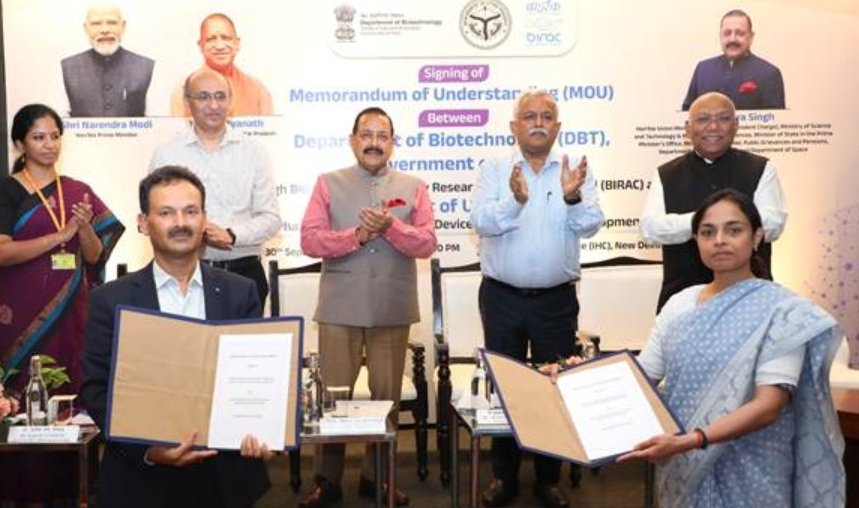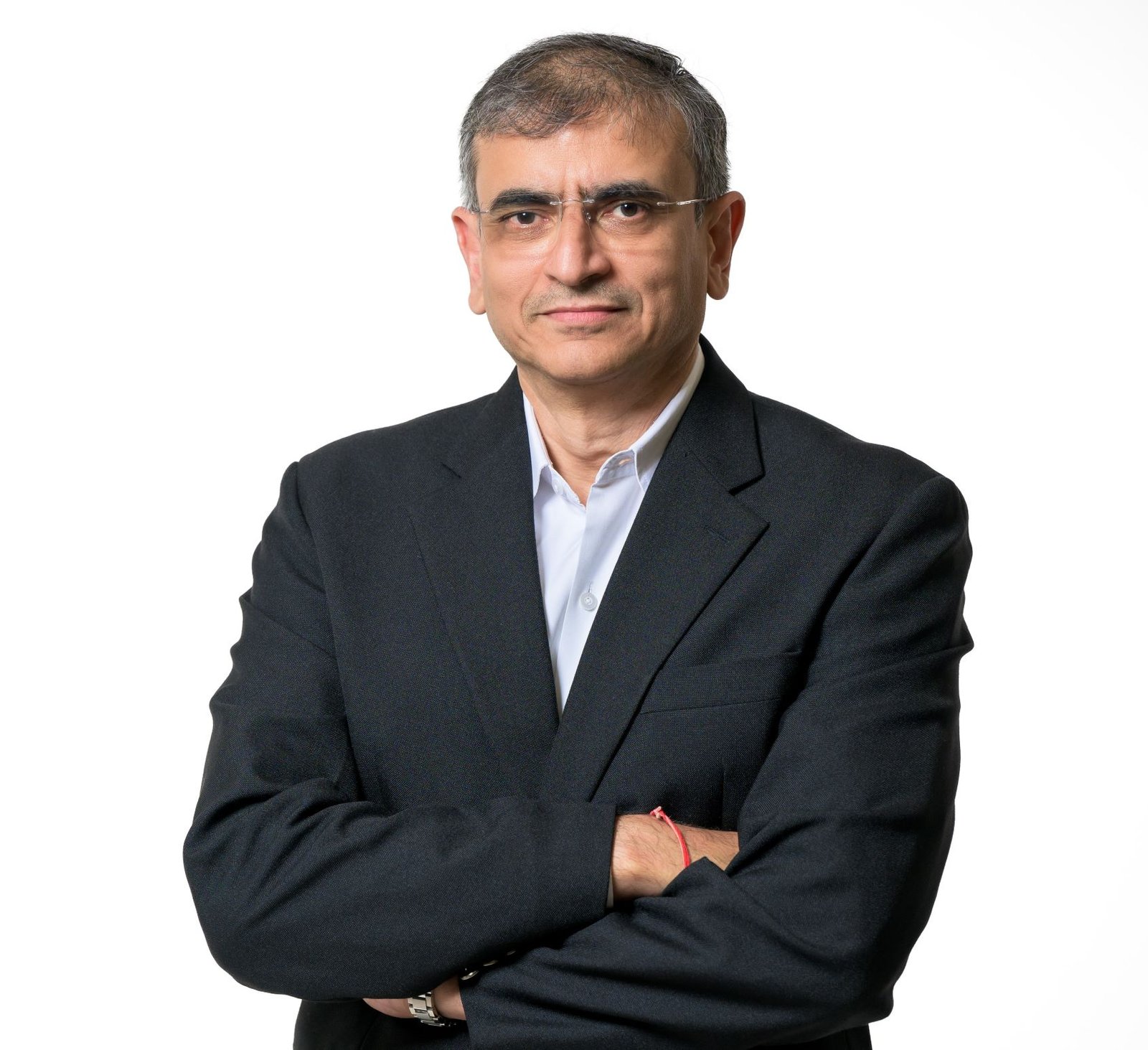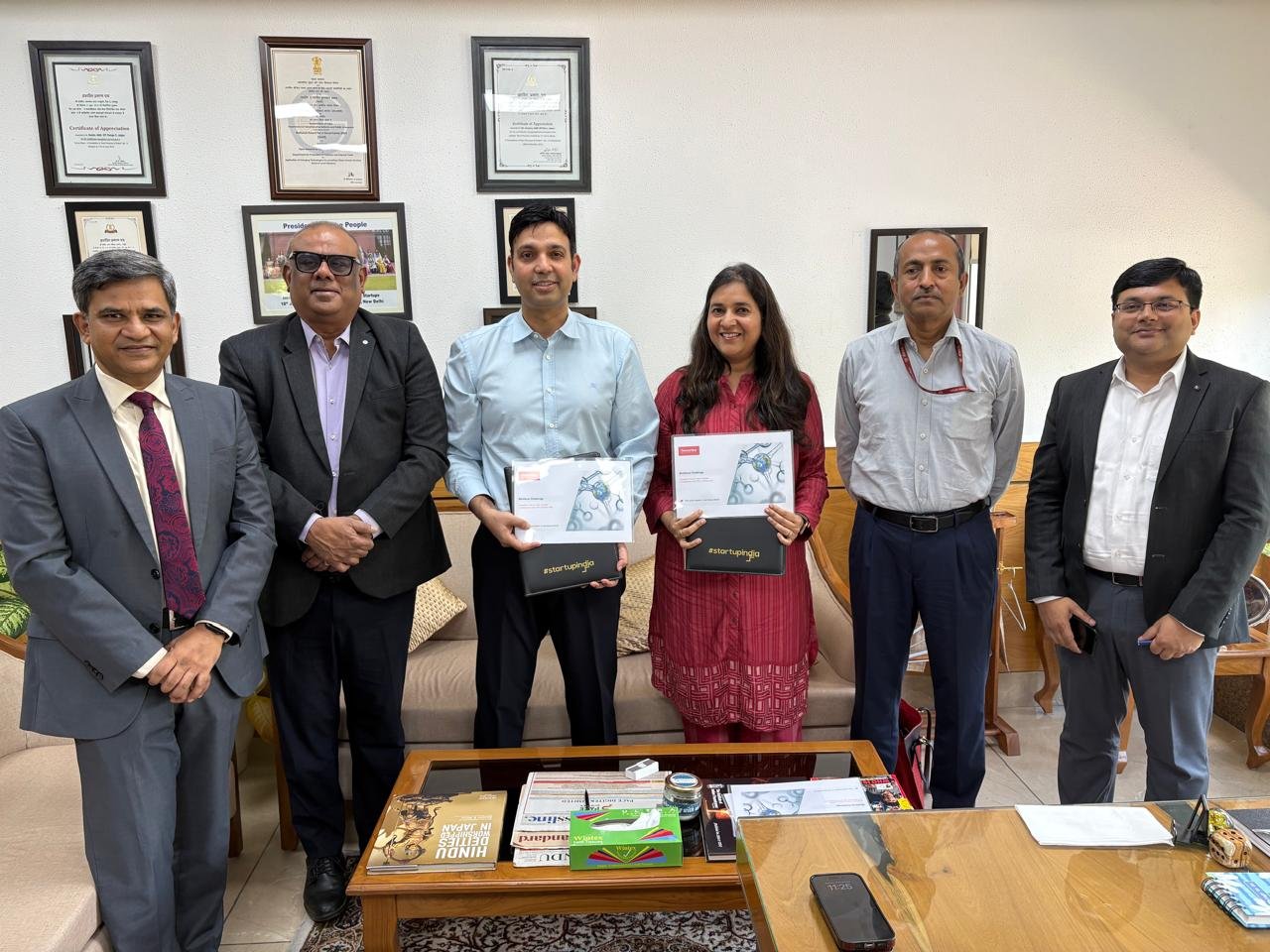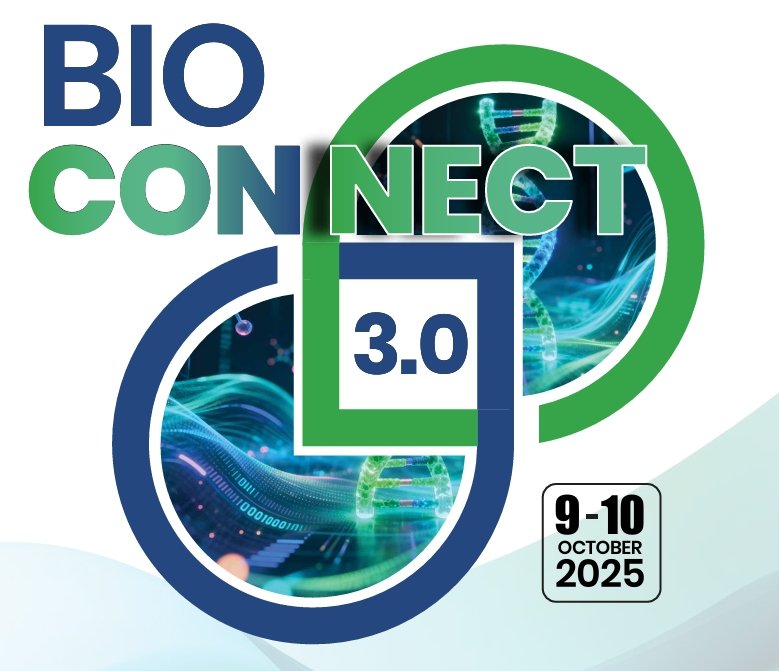"EzeRx is contemplating IPO launch as part of the future endeavours"
May 06, 2024 | Monday | Interviews
Bhubaneswar-based medtech startup EzeRx, founded in 2018, has developed an easy, painless and non-invasive screening solution to identify primary health parameters at an early stage such as ailments in liver, kidney, lungs and blood glucose level and common problems like anaemia, in less than a minute without withdrawing blood from the human body. With support from promoters like Mankind Pharma, this startup has set big plans for expansion in the medtech and diagnostic market in India and abroad. BioSpectrum spoke in detail with Partha Pratim Das, Chief Executive Officer, EzeRx about the startups's growth plans.
What major plans are in store for the company in FY 24-25?
In FY 24-25, EzeRx has significant plans for both domestic and international expansion, along with enhancing its product offerings and strengthening its impact in healthcare accessibility and outcomes. The company aims to accelerate product development, secure regulatory approvals, and expand distribution channels to reach a wider audience, especially in the northeastern states of India. Additionally, EzeRx plans to focus on international growth, targeting markets such as the UAE and the UK. Furthermore, the company intends to collaborate with stakeholders, leverage technology, and innovate on outreach strategies to improve healthcare access, particularly in underserved areas. Considering its vision for sustained growth, EzeRx is also contemplating an IPO launch as part of its future endeavours.
How much revenue was generated in FY 23-24? How much growth is expected in FY 24-25?
In FY 23-24, EzeRx generated a net revenue of Rs 10.07 crore. Looking ahead to FY 24-25, the company anticipates significant growth, with a projected net revenue of Rs 25.1 crore, reflecting our commitment to continued expansion and innovation in non-invasive diagnostic solutions.
Are you planning new investments, collaborations, and product launches this year? Please share details.
Yes, this year EzeRx is indeed planning new investments, collaborations, and product launches. We have already collaborated with IMAGINEX India, and now we are expanding into the B2C sector. Alongside our flagship B2B product, EzeCheck, we will be launching women's wellness products. This expansion reflects our dedication to innovation and excellence. By leveraging our existing infrastructure and market reputation, we aim to reach individual consumers directly, diversifying our offerings while ensuring quality and customer satisfaction.
How do you view the growth of the women's healthcare market in India? How is your company working in this direction? Any unique strategies in place?
We see significant growth potential in India's women's healthcare market, projected to reach $1.325 billion by 2030 with a CAGR of 7.80%. EzeRx is aligning with this trend by launching dedicated wellness products for women, employing unique strategies including market research, professional collaboration, and technology to ensure accessibility and quality care for women across all demographics.
With EzeRx's focus on government bodies and institutions, what strategies have been effective in establishing partnerships and collaborations in these sectors?
EzeRx's strategy for engaging government bodies and institutions revolves around several key elements. Our non-invasive hemoglobinometer is the first device in India which is validated by ICMR-RMRCBB (Regional Medical Research Centre) in Bhubaneswar. We are the first mover in this genre. Therefore, getting government bodies partnered with us. However, we overcame this hurdle by prioritising accuracy and providing prompt after-sales service, even in remote areas of India. This commitment to quality and customer support earned us the trust of government bodies, showcasing our dedication and reliability. Ultimately, these efforts effectively established successful partnerships and collaborations within these sectors.
How have these partnerships contributed to the company's success so far?
These partnerships have significantly contributed to EzeRx's success by enhancing our reach and impact across various regions. By collaborating with local government bodies in areas such as Ganjam, Cuttack, Puri, Jajpur, Kalahandi, Rayagada, Nayagarh, Bhubaneswar, Assam, Purnia, Arki, Sambhal, Muradabad, Satara, and others, we have been able to leverage their networks and resources to introduce our innovative healthcare solutions effectively. These partnerships have facilitated the adoption of our products and services in diverse communities, enabling us to address healthcare needs more comprehensively and achieve sustainable growth.
Can you provide insights into the specific challenges and opportunities encountered in addressing healthcare needs in Tier 2 and Tier 3 cities?
Tier 2 and 3 healthcare struggles with a lack of specialists, equipment, and awareness. Yet, rising demand and government initiatives create opportunities for telemedicine, affordability programmes, and local innovation to improve access and quality.
Dr Manbeena Chawla
(manbeena.chawla@mmactiv.com)










